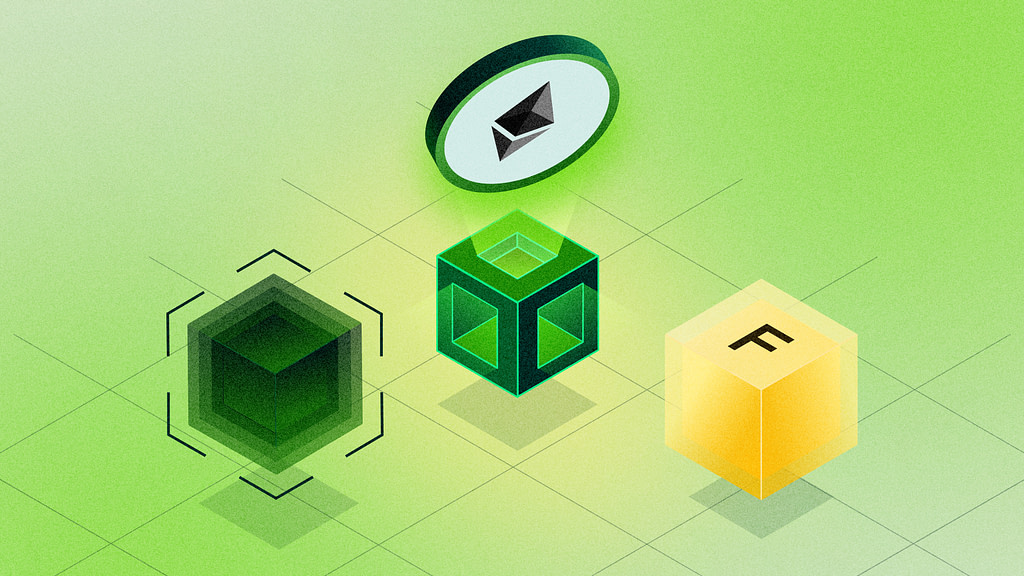
EigenLayer (Eigen)
Earn staking rewards with Figment and EigenLayer.
EigenLayer is a multi-sided coordination marketplace where stakers, operators, and services come together. It is the first restaking protocol built on Ethereum and allows EIGEN tokens to be natively staked to EigenLayer operators. $EIGEN is the intersubjective work token behind EigenLayer. It is restakeable on many AVSs.
The EIGEN token is now transferable, for more details read our blog here.
Meet With Us to Stake Eigen
Market Cap
Staking Reward Rate*
Price
Auto-Compounding
Reward Frequency
Activation
Withdrawal
Slashing Penalties Enabled
Why restake ETH?

-
Figment has been heavily involved in the EigenLayer rollout since early testnet. We currently support EigenDA and multiple other AVS.
-
EigenLayer’s shared security entices more developers to build on top of Ethereum, with network effects that attract more users, as well as ETH stakers and builders.
-
As EigenLayer continues to grow and attract more developers and protocols, we expect it to catalyze new opportunities for innovation.
-
EigenLayer has the ability to incentivize improvements that are much more difficult to achieve on the base layer.
Explore Insights From Our Experts
EigenLayer Staking FAQ
The name of the asset being staked is “EIGEN”
Yes, we have an EIGEN operator live on EigenDA. Naviate to this web page: https://app.eigenlayer.xyz/operator/0x39beca54f450fcc4b31729a85b3e9655ec0081d6 and follow the instructions to delegate the EIGEN token to the Figment operator.
$EIGEN is the intersubjective work token behind EigenLayer. It is restakeable on many AVSs
No rewards are earned during the unbonding period.
$EIGEN holders choose the operator of their choice and deposit their $EIGEN
No, only AVSs that opted to allow for $EIGEN staking will accept it
Slashing is not yet live on EigenLayer, which minimizes some forms of risk; $EIGEN stakers will need to be mindful that slashing could go live in the near term and act accordingly.
Using tokens virtually anywhere in Web3 involves some amount of risk. $EIGEN holders should be aware of any contracts they are interacting with, or depositing tokens into, understand the risks, and review any relevant audits.
$EIGEN stakers should understand which AVSs accept and pay rewards on staked $EIGEN; it’s useful to review claims on-chain to verify AVSs are in fact paying out rewards.
$EIGEN stakers should understand quorums and the stipulated payout ratios; some AVSs may payout in a ratio of 50/50 between restaked ETH and $EIGEN, for AVSs where restaked ETH represents a majority of stake, payouts will proportionally favor staked $EIGEN.
Restaking is the ability to use staked tokens, like Ether (ETH) to earn rewards on additional protocols. EigenLayer—a marketplace and protocol that connects restakers, operators and builders—makes this possible on Ethereum via a series of smart contracts.
Explore Additional Protocols
Figment supports 30+ established and emerging protocols. Learn how to stake with Figment.
Meet With Us
Bring the complete staking solution to your organization.
Figment respects your privacy. By submitting this form, you are acknowledging that you have read and agree to our Privacy Policy, which details how we collect and use your information.













